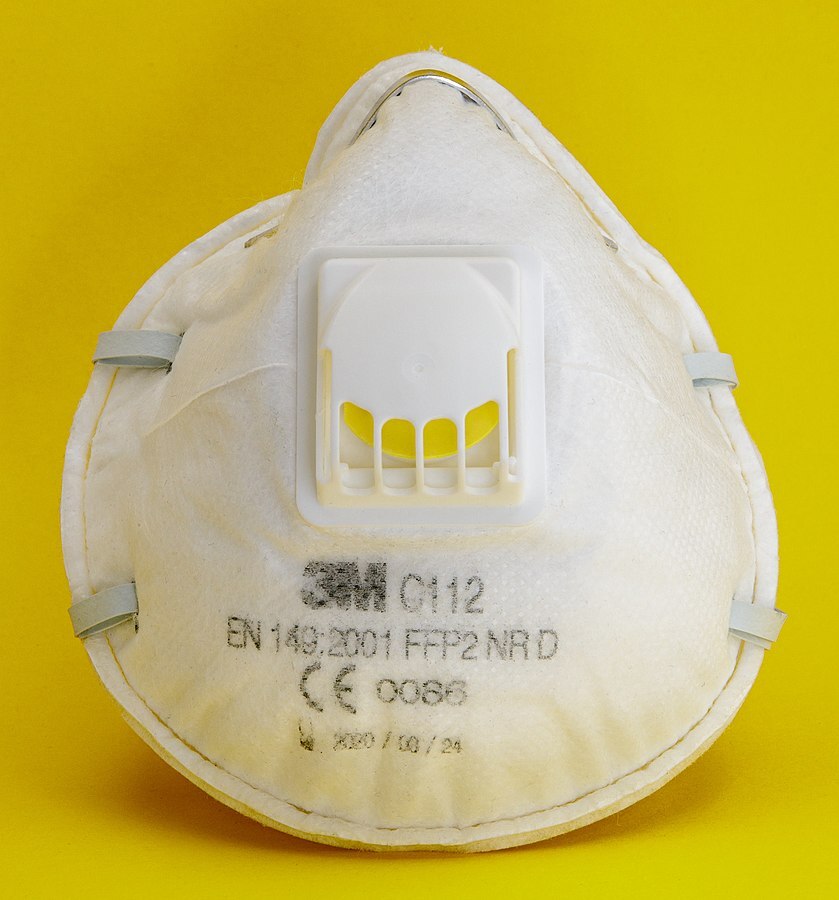Respiratory Protection
It is critical to know when a respirator is needed, and which respirator is right for the job!
There is the potential that you will come into contact with an atmosphere that could pose an immediate threat to life or cause irreversible health effects. Different atmospheric contaminants require different respirators. Choose the correct NIOSH-approved respirator for the contaminants in your area.
| Voluntary - Single Strap Dust Mask | 
| Do NOT USE on campus. |
| Voluntary - Approved Filtering Face Pieces | 
| Good for protection against dust, mists, welding fumes, etc. Do NOT use to protect against gases, vapors, asbestos, or lead. |
| Half Face Respirators | 
| Used for most vapors, acid gases, dust, or welding fumes. |
| Full Face Respirators | 
| Protect the face and eyes from irritants and contaminants. Protects against most vapors, acid gases, dust, or welding fumes. |
| Loose Fitting Powered Air Purifying Respirator | 
| A battery-powered fan pulls air through filters and circulates air throughout the hood for greater breathing comfort. Fits most workers, even those with beards. |
| Self-Contained Breathing Apparatus (SCBA) | 
| Used for entry and escape from atmospheres that are immediately dangerous to life and health or oxygen deficient; the SCBA uses its own air tank. |
Requirements for use:
- Prior to issuing respirators, a workplace assessment must be completed.
- Employees must be medically cleared, trained, and respirator fit tested prior to respirator use.
- Employees must complete training and fit testing requirements on an annual basis.
- Respirators must always be inspected prior to donning. Inspect for missing or worn respirator parts.
- The proper cartridge or filter must be selected based on the hazard.
- Respirator users must verify a good fit by performing positive and negative user seal checks.
- Users must know the limitations of their respirator and stay clean shaven in the respirator seal area.
- Employees may not share respirators and may only use the respirator they have been fitted for.
- Respirators must be cleaned and stored properly after each use.
- Voluntary Dust Mask users must read appendix D.
See the campus Respiratory Protection Program for more information.